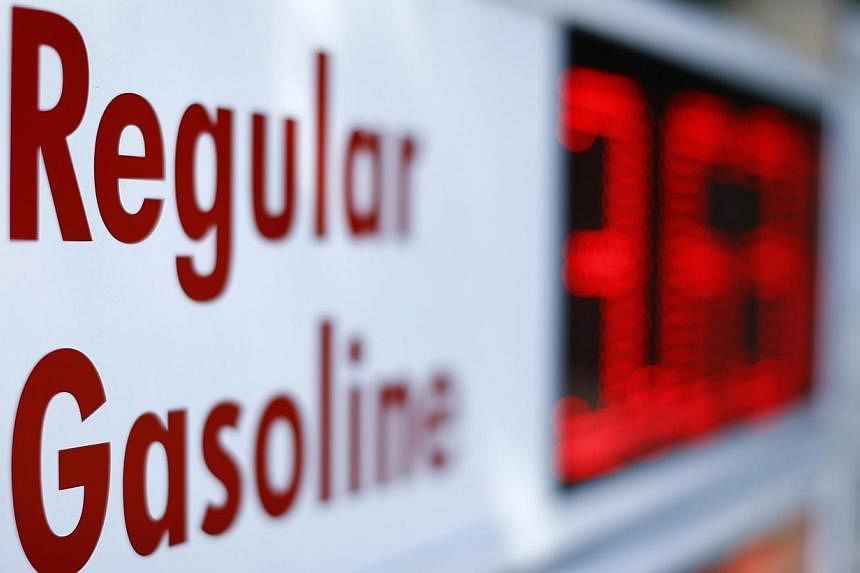TOKYO (Reuters) - U.S. crude futures tumbled nearly US$6 on Friday to the lowest since May 2010 after OPEC decided against cutting output, leaving the market with excess supply that deepened oil's months-long rout.
Saudi Arabia blocked calls on Thursday from poorer members of the Organization of the Petroleum Exporting Countries for production cuts to arrest a slide in global prices.
By sticking to its output target of 30 million barrels per day, "OPEC is clearly signaling that it will no longer bear the burden of market adjustment alone and this decision puts the onus on other producers, especially U.S. tight oil to adjust as well," Barclays analysts said in a note.
U.S. crude for January delivery fell to a session low of US$67.75 a barrel, down almost US$6 from Wednesday's settlement. U.S. markets were shut on Thursday for the Thanksgiving holiday.
U.S. crude was trading at US$68.61 by 0035 GMT, down US$5.08. With a loss of nearly 15 per cent in November, the contract is on course for its biggest monthly drop since May 2012.
Brent crude fell US$5.17 to US$72.58 a barrel on Thursday, after dropping to as low as US$71.25, its weakest since July 2010. The crude benchmark is headed for its steepest monthly decline since November 2008, having fallen more than 15 per cent this month.
Brent has lost more than 37 per cent since June as increasing production in North America from shale oil has overwhelmed demand at a time of sluggish global economic growth.
Crude prices have been falling all week as traders and analysts scaled back expectations of an OPEC production cut, but the sharp dive after Thursday's meeting showed the decision was not fully priced in.
"With OPEC deciding to target market share, we believe that crude oil prices could trade at or below current levels for a while as the crude oil sector pushes out high-cost producers in order to balance markets," Commonwealth Bank of Australia said in a note.
Russia's most powerful oil official Igor Sechin said oil prices could fall to US$60 or below by the end of the first half of next year and that Russia had the potential to cut between 200,000 and 300,000 barrels a day of production if prices remained low.

